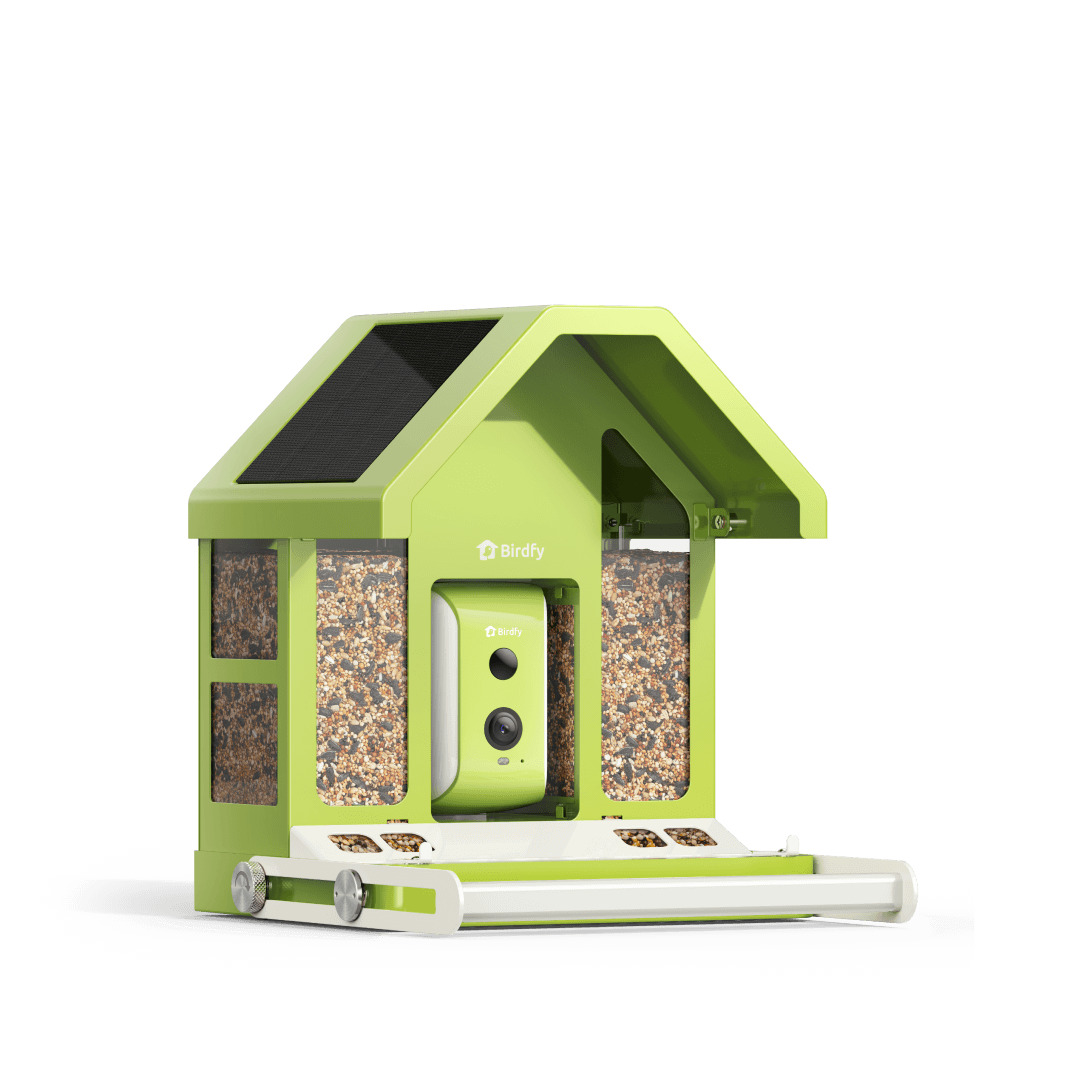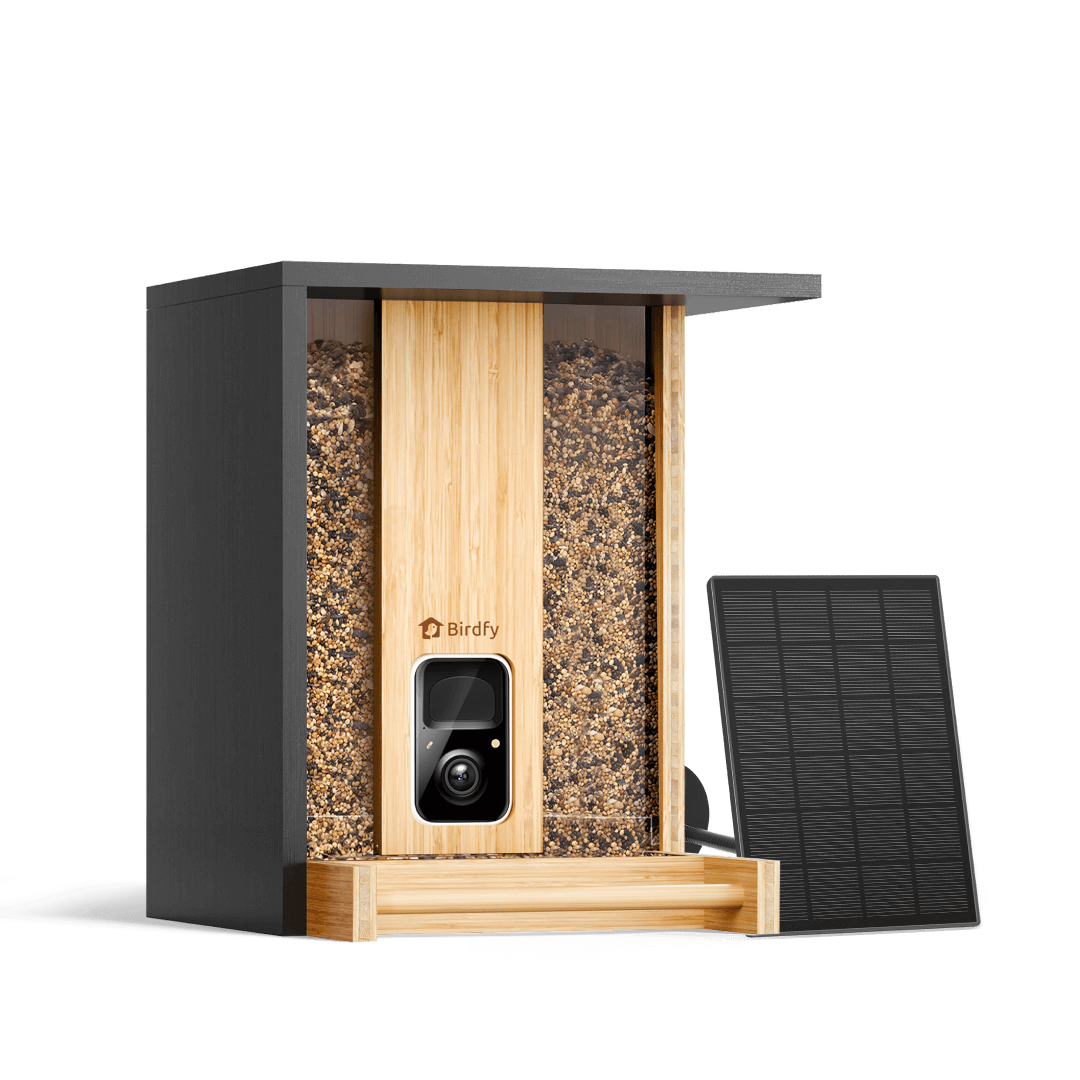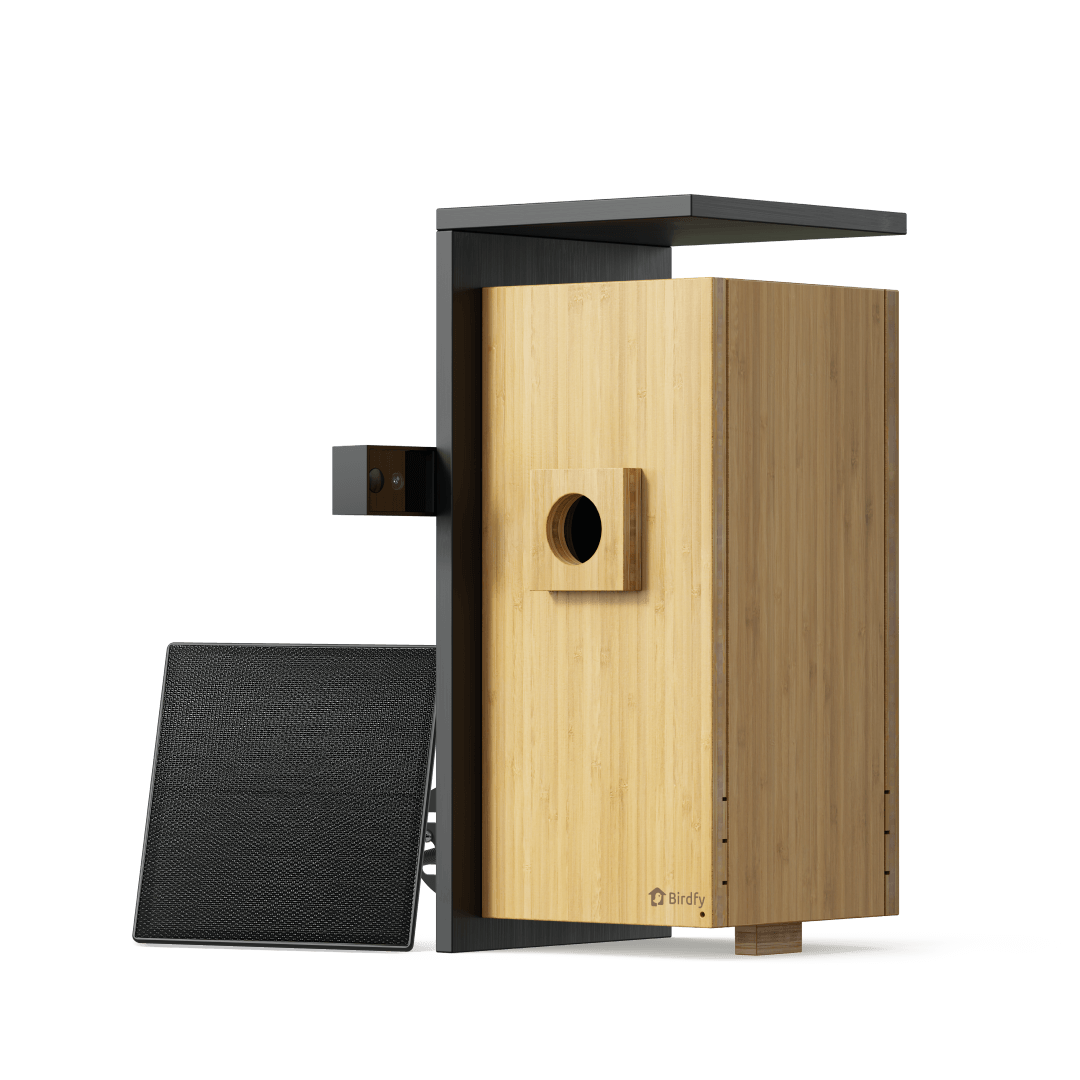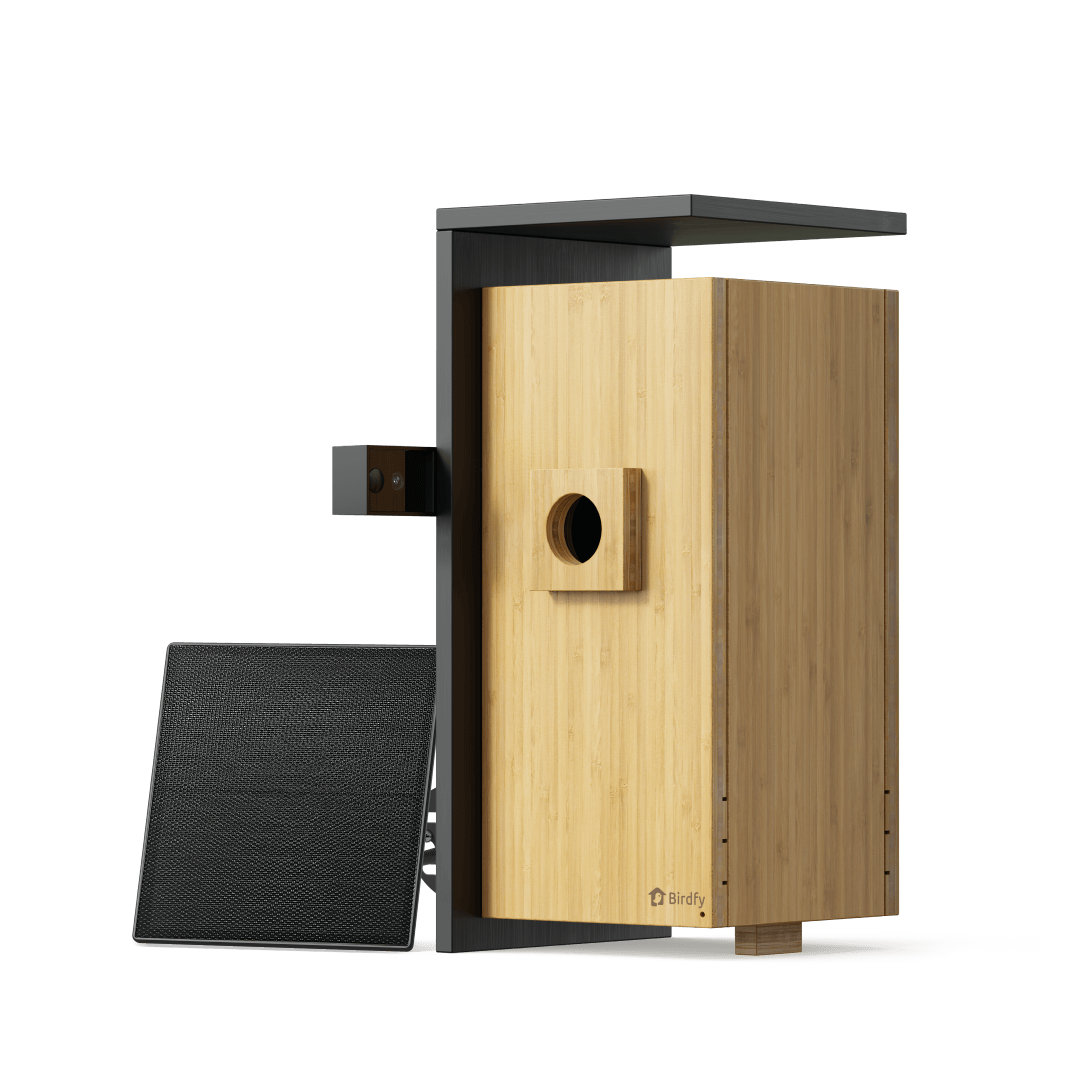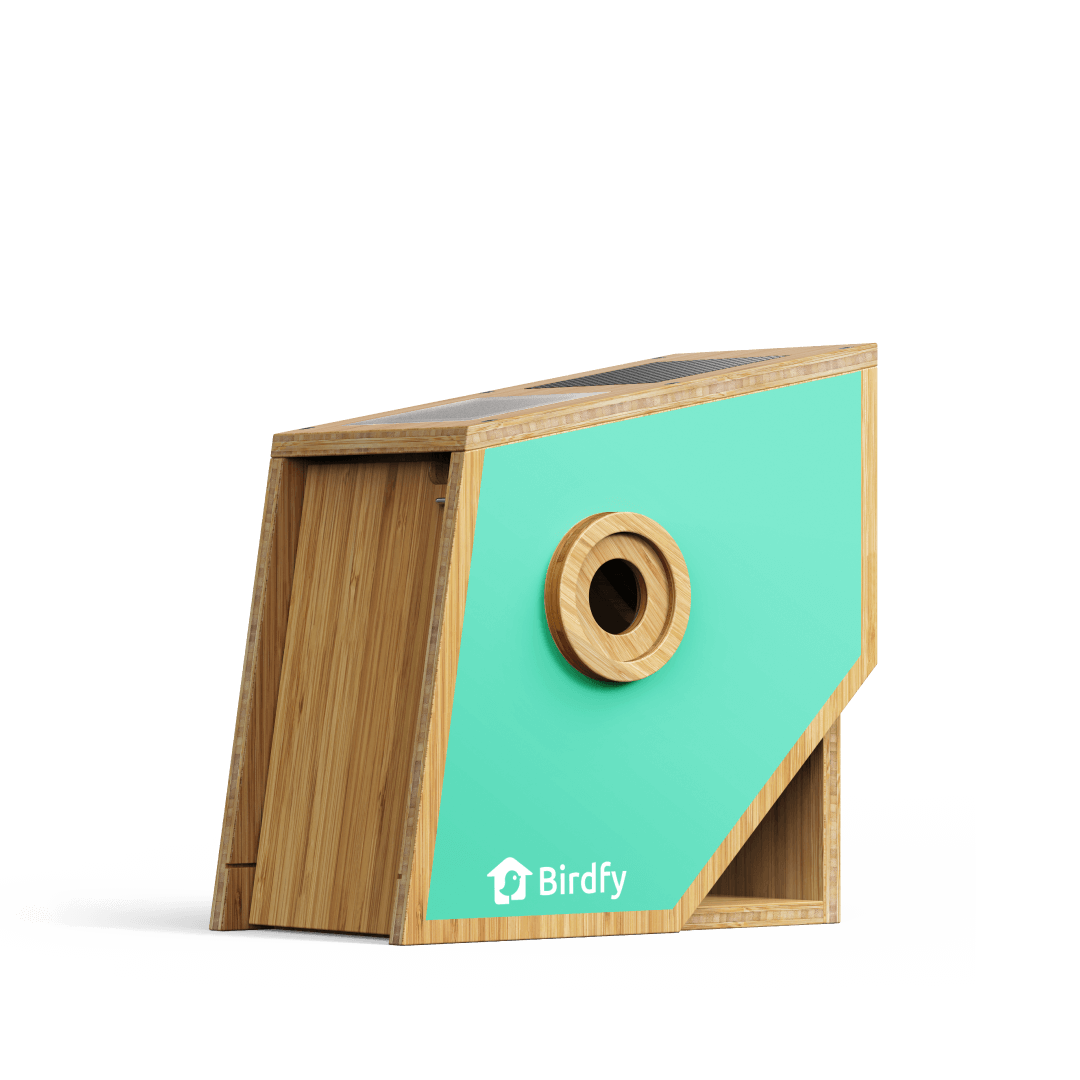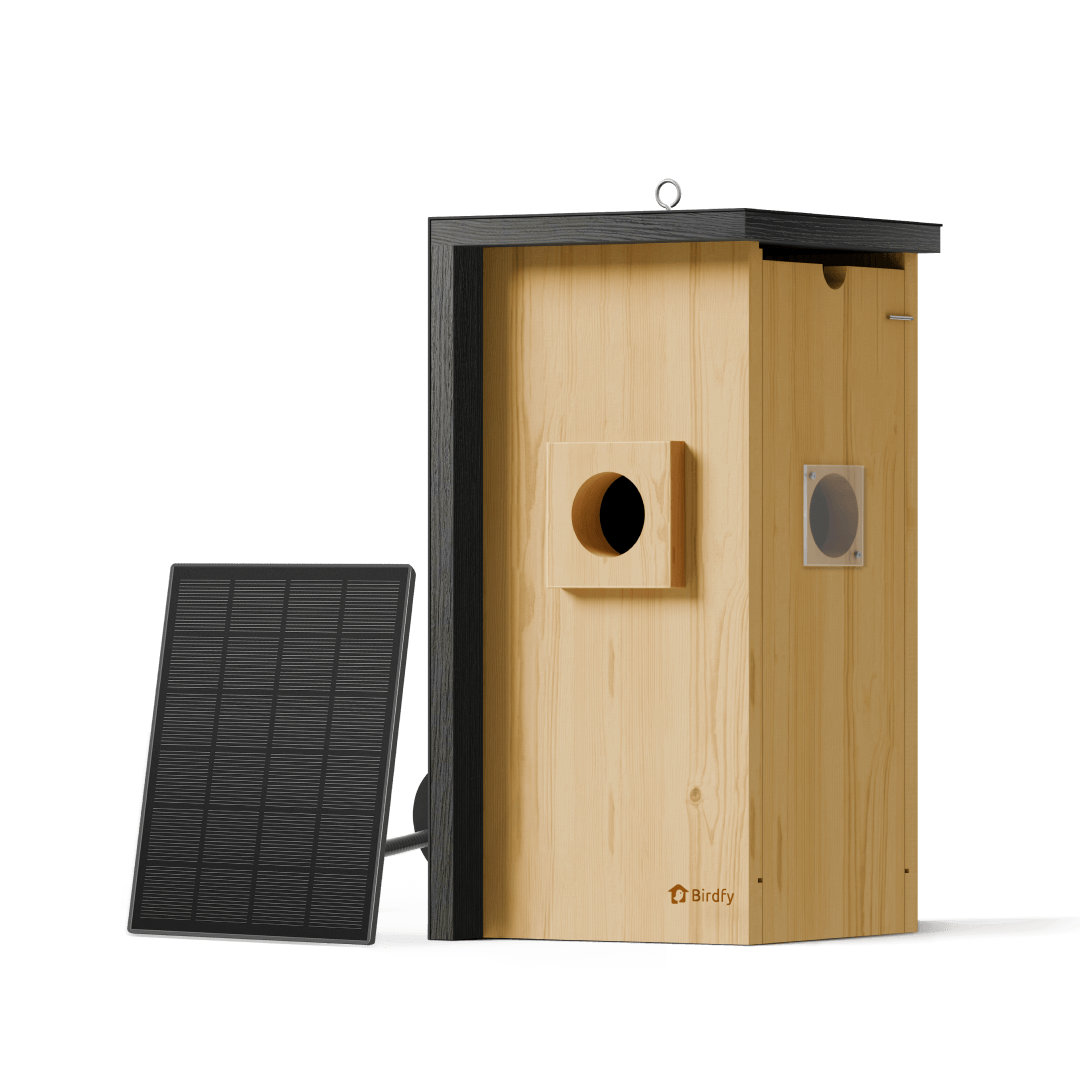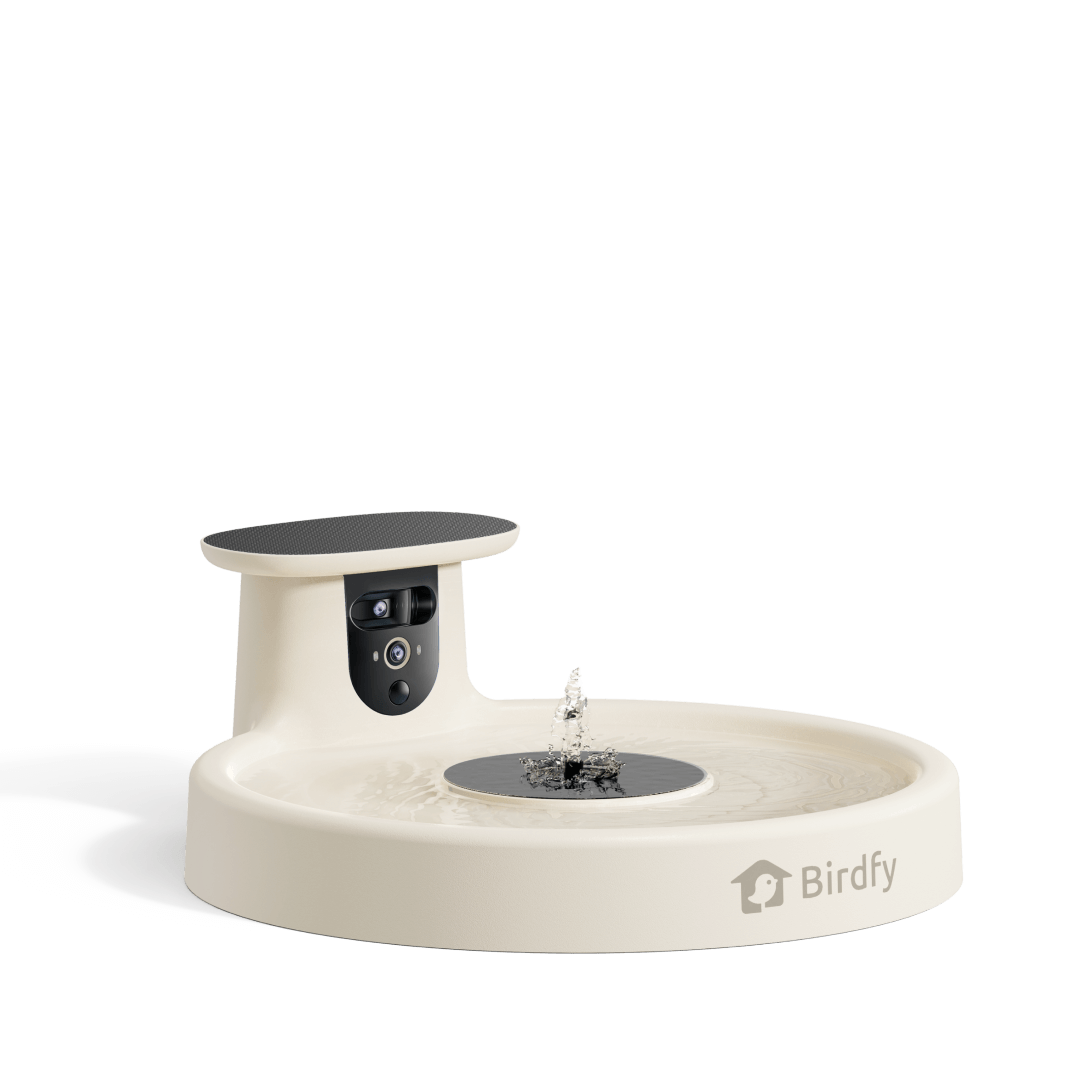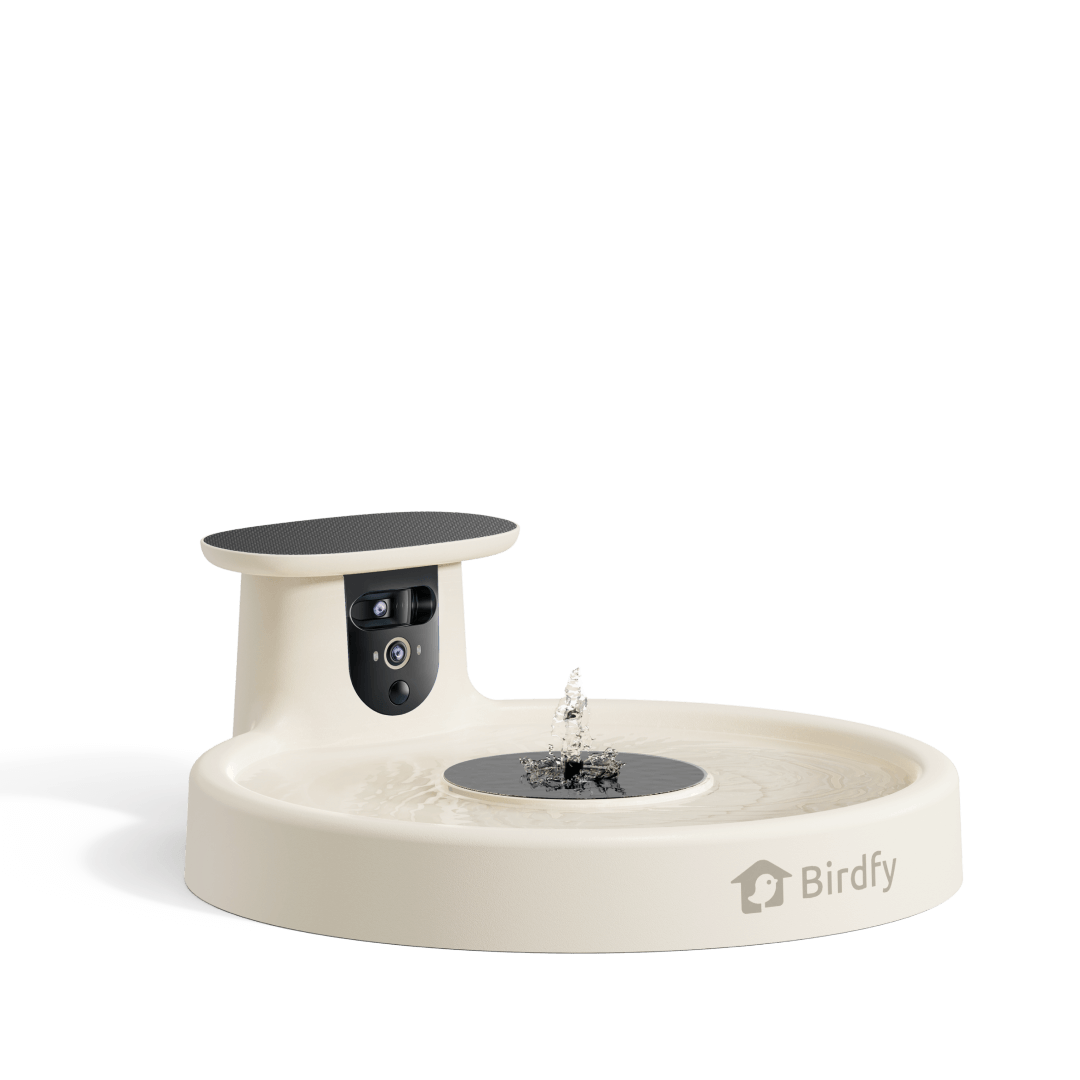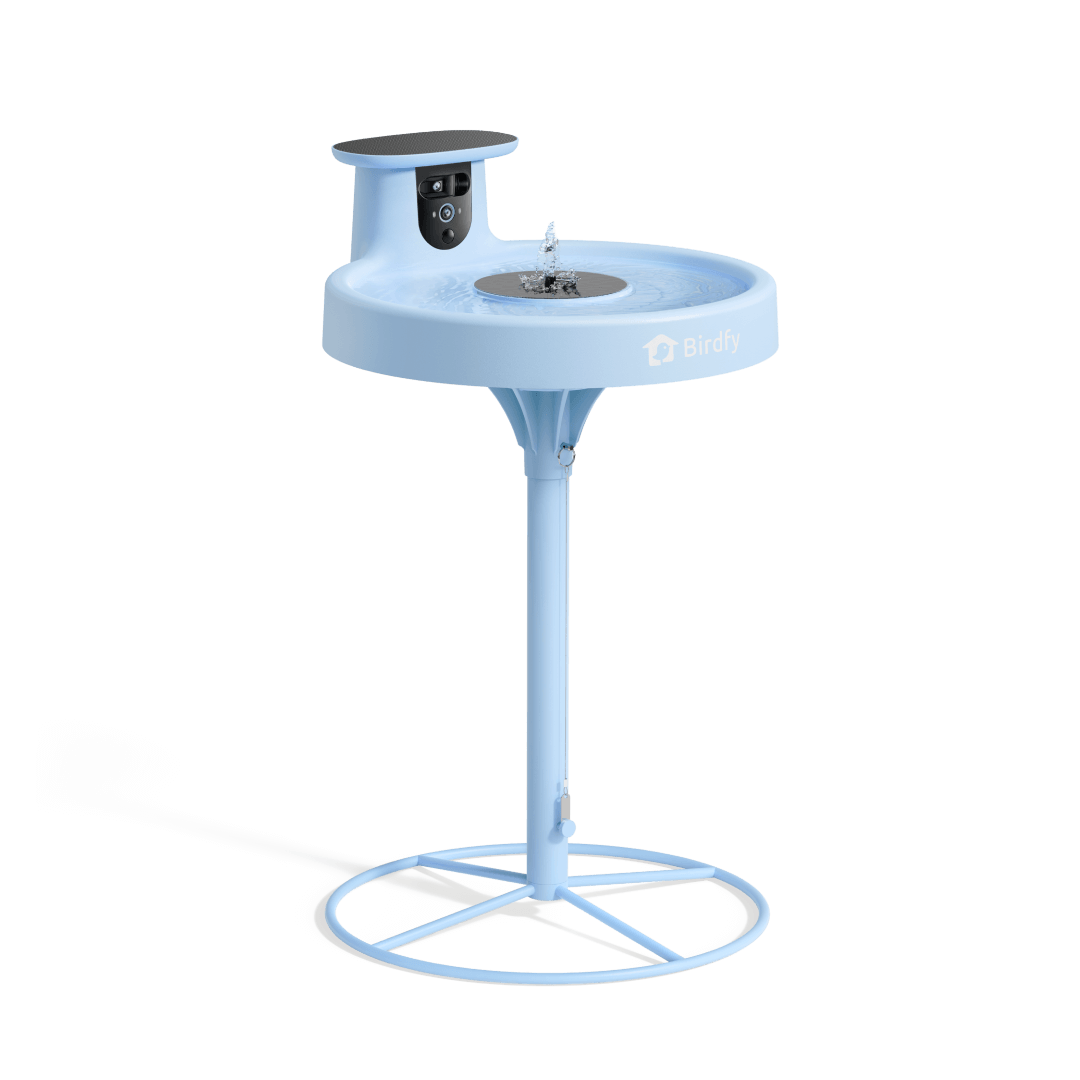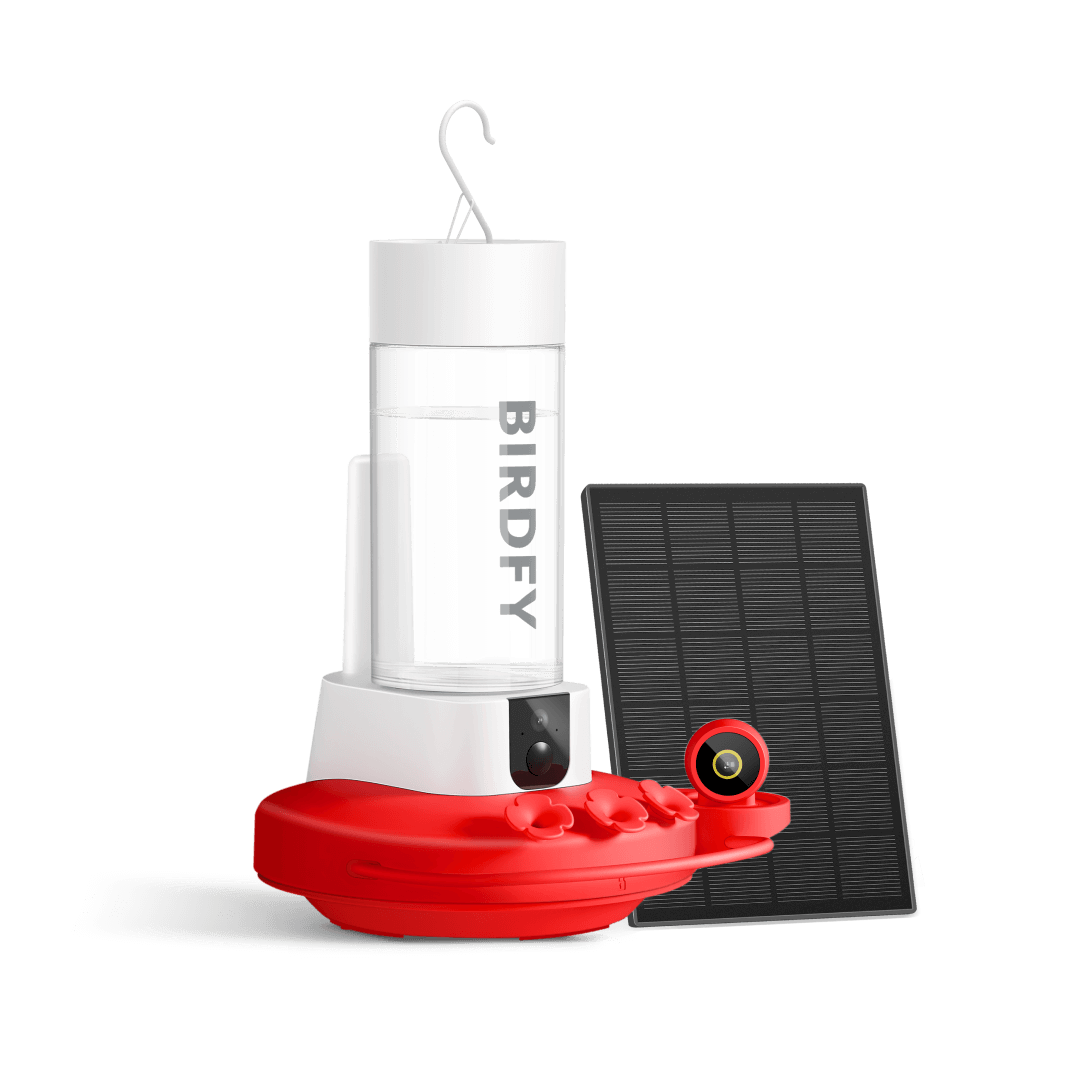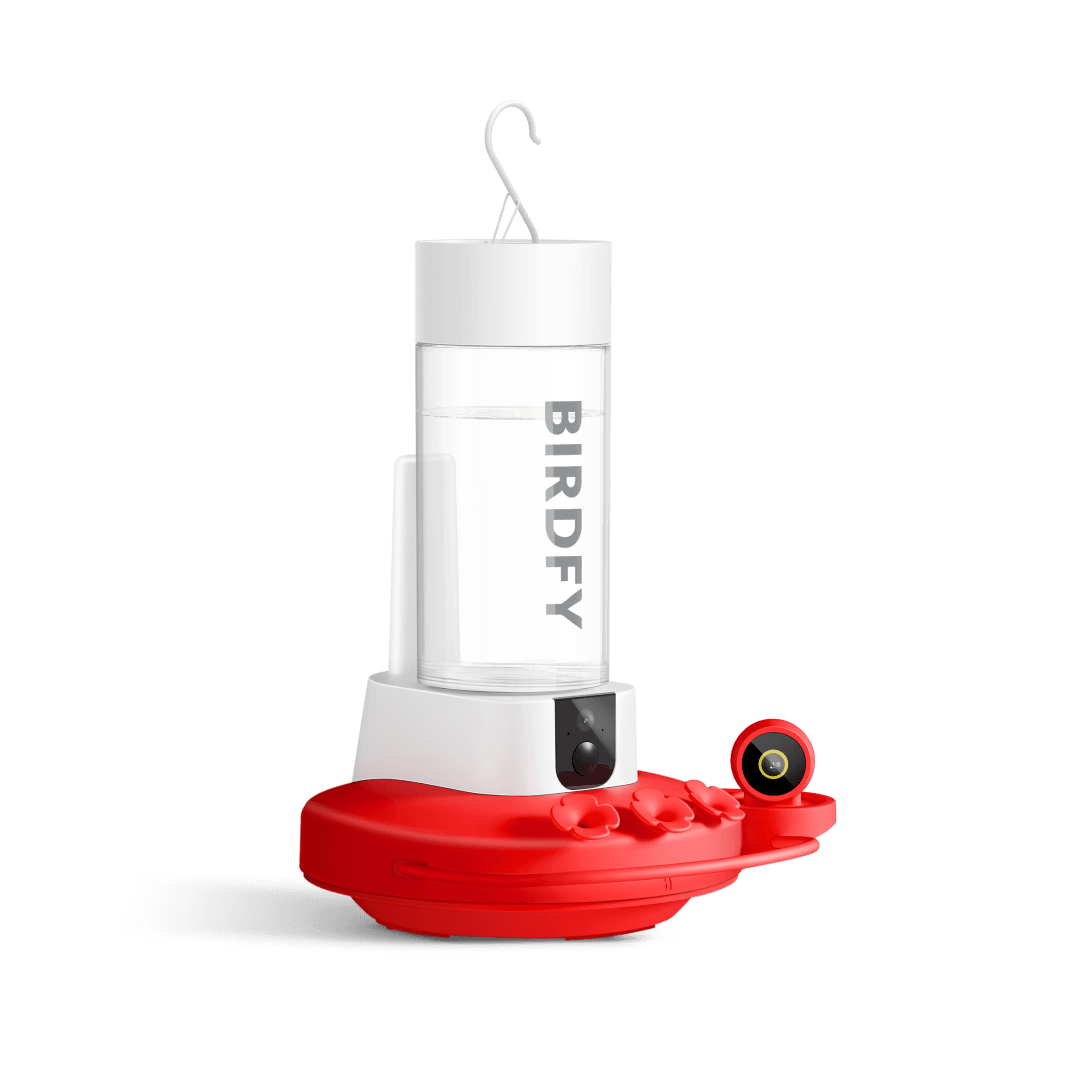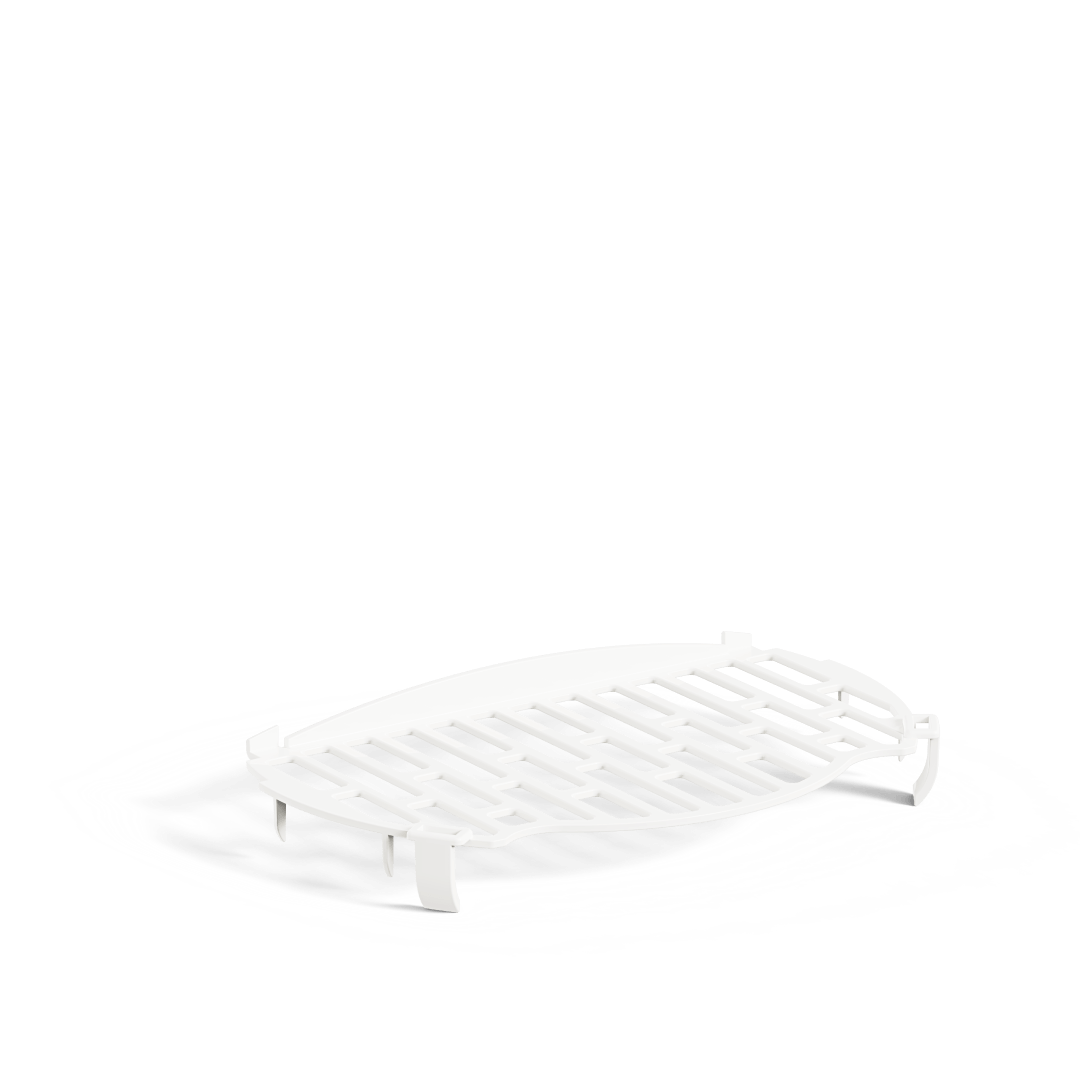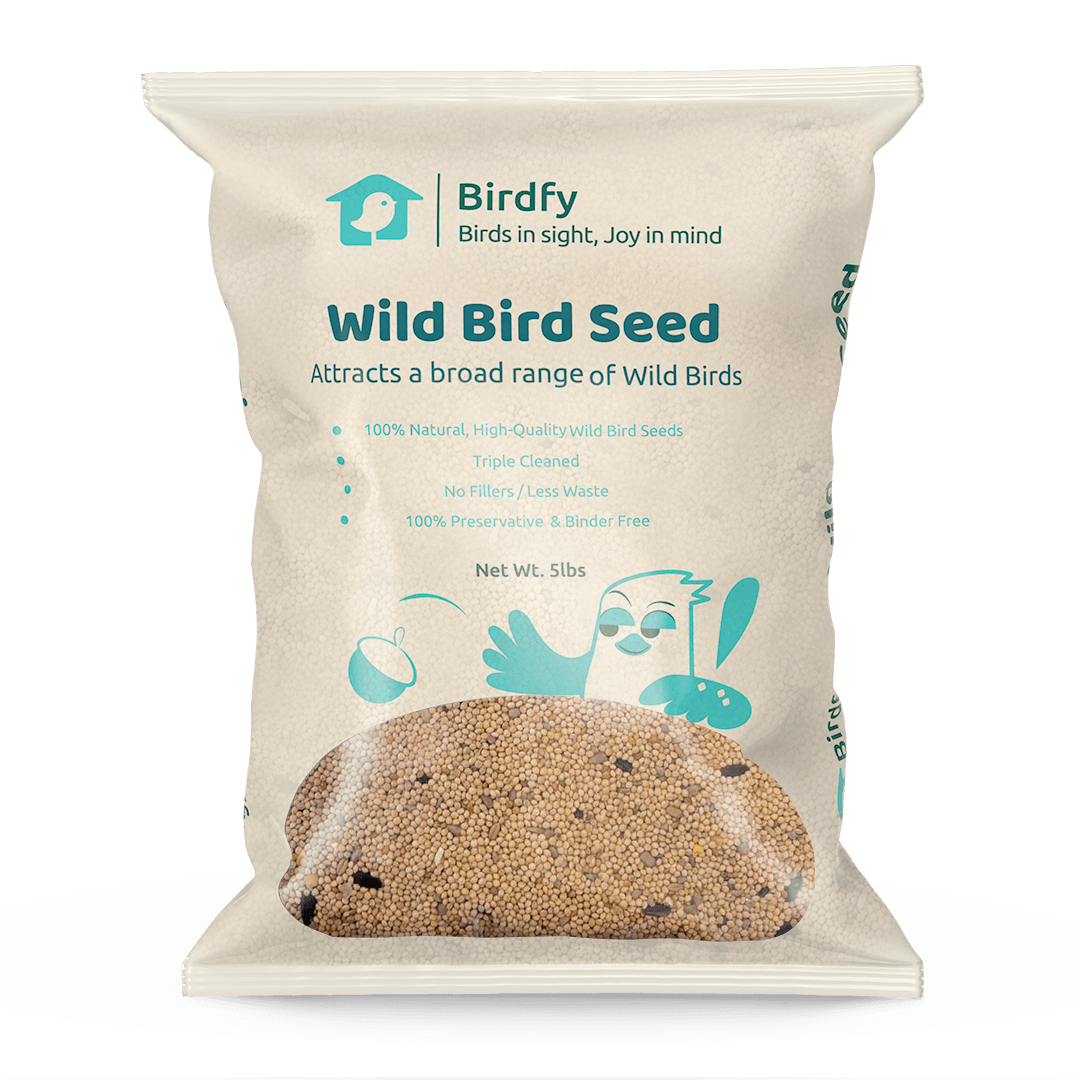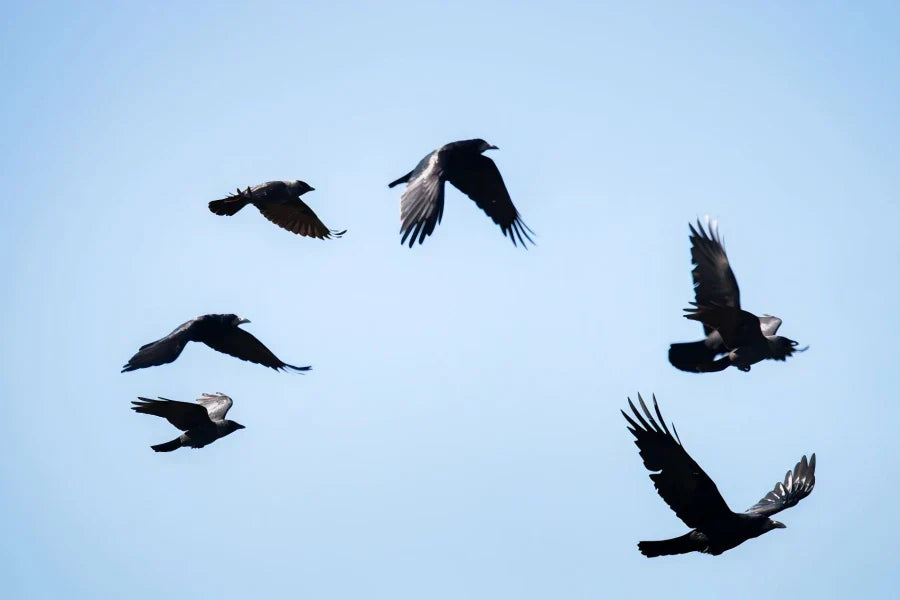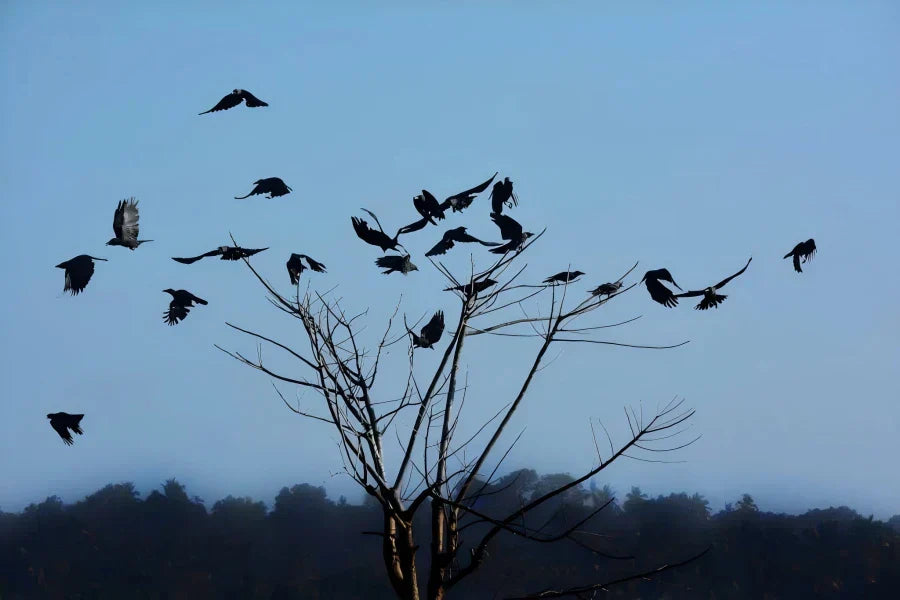Discover Bird Species: A-Z Bird Names In Alphabetical Order
Birds are some of the most fascinating animals on the face of the earth; people can choose from a rich variety of birds, which have specific features. Often, people ask, what are some cool names for birds? One of the best ways to appreciate the variety of avian species is by exploring bird names that start with A-Z.
So, this article organizes birds in bird names alphabetical order with pictures and provides detailed information about their habitat, range, behaviors, size, and beak type. Let's dive into the fascinating world of birds, from the mighty eagle to the tiny hummingbird's beautiful song, often heard at night.
A
Albatross
- Habitat: Open ocean and coastal areas.
- Range: Mostly in the area of the South Pole and North Pacific.
- Behaviors: Marine long-jawed; it can glide for hours or even days above the sea; the food includes squids and fish.
- Size: As one of the largest flying birds, a bustard has a wing span of up to thirty-three inches.
- Beak Type: Sternum with a large, hooked beak meant for capturing the squid and the fish from the water's surface

Avocet
- Habitat: Wetlands, especially estuaries and salt flats.
- Range: Peculiar in North America, Europe, Africa, Asia.
- Behaviors: Sloshing through water that is no more than neck-deep and using the long downturned bills to sieve for shellfish.
- Size: Wading bird approximately in the middle of size; has long legs.
- Beak Type: Long, curved upwards, beak to feed in the shallows of waters.

American Robin
- Habitat: Everyland woods, avifaunal and botanic gardens, and towns' green belts.
- Range: All around North America, traveling from Canada to Central America.
- Behaviors: Eat worms and insects, forage on the ground; remarkable singers.
- Size: Small to medium-sized bird, it measures about 9 to 11 inches.
- Beak Type: Long and thin specific for capturing insects and consuming berries.

B
Blue Jay
- Habitat: Sylvan, especially oak zonal and urban.
- Range: The regions which include the northeastern and central part of the North American continent.
- Behaviors: Friendly and wise; imitates or mimics other birds, particularly eagles, and can store foods for the future.
- Size: Small to medium-sized bird of flight with wingspans ranging between 13 and 17 inches.
- Beak Type: Large, robust beak for crushing hard, masticable, and seizing insects.

Barn Owl
- Habitat: Afar, savannas, and marshes.
- Range: Exists naturally but not in locations such as polar regions or deserts.
- Behaviors: Night stirrers with noiseless mobility; their diet Tan consume small mammals, including shrews.
- Size: moderate size with a wingspan of up to 37 inches.
- Beak Type: The birds with long, sharp beaks tear the prey's body.

Bald Eagle
- Habitat: The best areas to look for wild honey are large water sources, such as Lakes, rivers, and Coastlines.
- Range: from northern Alaska south through all of Canada and most of Mexico.
- Behaviors: Fish specialists, mainly for a family of expert fishermen, recognized by their aerial flight and sharp claws.
- Size: Up to 7 feet in width and belongs to birds.
- Beak Type: Powerful, curved rooftop for cutting through meat.

C
Cardinal
- Habitat: Forests, vegetation, and shrub areas.
- Range: Eastern and central United States, Mexico, and those parts of Central America such as Guatemala.
- Behaviors: Breeds found only in a specific region; the males are vivid red and can sing quite well.
- Size: A small to medium-sized bird avian species that can stand from 8 to 9 inches.
- Beak Type: Long, thick, conical, and powerful beak adapted for the breaking of seeds.

Cormorant
- Habitat: Coastal regions and all water bodies like rivers or lakes.
- Range: It grows in North and South America, Europe, Africa and Asia.
- Behaviors: Good swimmers; they use their webbed feet to dip into the water to look for fish.
- Size: A bird of appreciable size with a wing coverage of between 3 – 4 feet.
- Beak Type: A long and hooked beak suitable for catching fish.

Crow
- Habitat: Wetlands, prairies, deserts, mountains, yards, gardens, parks, cemeteries, golf courses, campuses, and nearly any territory having some level of tree cover.
- Range: Present in nearly every country but absent from Antarctica.
- Behaviors: Highly developed minds; tool users; solve problems; live in large social groups.
- Size: Larger bird measuring between 16 and 21 inches in length.
- Beak Type: Large, tough, and varied to deal with insects, seeds, and carrion and for cutting wood.

D
Dove
- Habitat: Country sides, forests, and residential zones.
- Range: They are found all over the world, but a large number are naturally found in North America, Europe, and Asia.
- Behaviors: Tame and gregarious, easily captured and pied, Sophia with soft voices, mighty wings, and memories of G. B. Sharpe.
- Size: Birds that fall in the following sizes: small to medium-sized or medium size with a length of 9 and 13 inches.
- Beak Type: Small, slender bills for the procurement of seeds and grains.

Duck (Mallard)
- Habitat: Regular sources for drinking water: freshwater of ponds, lakes, rivers or deltas, and wetlands.
- Range: It exists in North America, Europe and Asia.
- Behaviors: Immersion feeding involves dabbling ducks tipping over forward to look for plants, seeds, fish, etc., in shallow water.
- Size: Bird of moderate proportions, the length of which ranges from twenty to twenty-six inches.
- Beak Type: Large and wide mouth adapted for straining food organisms through water.

Dipper
- Habitat: Mountain torrents and existential rivers with relatively high flow rates.
- Range: Once distributed in North America, Europe, and some parts of Asia.
- Behaviors: A gene drives a peculiar ability: Unlike most songbirds, they can dive and swim to pursue their prey, insects, and small fish in the water.
- Size: Size of sparrows, round, short-tailed, short-winged bird measuring approximately 7 to 8 inches.
- Beak Type: Small, sharp bills for seizing the underwater food items.

E
Eagle (Golden Eagle)
- Habitat: The plains, hills, mountains, grasslands, deserts, etc.
- Range: Combines Northern Hemisphere, namely North America, Europe, and Asia.
- Behaviors: Epic hunters – the mammals particularly on meals such as rabbits and often even the fawns.
- Size: A flightless bird with a potential wing spread of up to 7 feet in the air.
- Beak Type: Large and powerful beak well adapted for tearing meat from the prey.

Egret
- Habitat: Wetland, marsh, and coastal zones.
- Range: Fiord is commonly found in several parts of the globe, particularly in areas with mild climates.
- Behaviors: Wading birds that stand still in water less than 40cm deep while waiting to strike at fish and frogs.
- Size: Big bird, approximately 30-40 inches long, with a wingspan of 36 inches.
- Beak Type: Long down-curved beak that fits the bill to perfection.

Eastern Bluebird
- Habitat: The habitats include open canopies of woody vegetation, grasslands as well as croplands.
- Range: Most of the birds are found in eastern North America, but some fly further south to Central America during the winter.
- Behaviors: Perching birds that build their nests in cavities and feed on insects and berries; they are songbirds.
- Size: Small bird, ranging from 6.5 to 7.5 inches.
- Beak Type: Conical beak to capture insects and strip fruits.

F
Falcon (Peregrine Falcon)
- Habitat: forming some scenes, including cliffs, tall buildings, and open spaces.
- Range: Can be found all over the globe, but not in the areas of polar ice caps.
- Behaviors: They have been widely known for their excellent flying speed; they dive to seize birds while in flight.
- Size: A bird of a reasonably large size, with a wingspan of about 3.5 feet.
- Beak Type: Short and hooked beak to enable the bird to kill its prey instantly.

Finch (House Finch)
- Habitat: Sub-urban interfaces, savannahs, and agricultural land.
- Range: Occurring throughout the northern part of America.
- Behaviors: Common and usually found in birdhouses; they consume seeds and insects.
- Size: Covers an area of about 5-6 inches long bird.
- Beak Type: Small, heavy, straight with a flat tip shape for crushing seeds.

Frigatebird
- Habitat: It favored Tropical and Subtropical oceans and coastal islands.
- Range: Located in the Pacific and Indian oceans as well as around the Americas.
- Behaviors: Prominent for kleptoparasites, these birds steal food from another bird in mid-air.
- Size: It is a sea bird, which may reach wingspan measurements of 7.5 feet.
- Beak Type: Exaggerated curved beak adapted for seizing fish and stealing from others.

G
Goldfinch (American Goldfinch)
- Habitat: Lawn, farmland and vegetable fields, greens, gardens.
- Range: Resident across much of North America, moving south to the Gulf Coast States in winter.
- Behaviors: Larger and gregarious, eating seeds, especially thistles.
- Size: A bird of approximately 4.5 to 5 inches in size.
- Beak Type: Small, sharp, and pointed beak ideal for opening seeds.

Goose (Canada Goose)
- Habitat: Freshwater bodies like lakes, rivers, marshes, and extensive grassland areas.
- Range: It ranges from Canada to the United States for breeding and wintering in the United States; also naturalized in Europe and some parts of Asia.
- Behaviors: This species is nomadic and normally completes journeys in V-formations. It is social and can be heard from several hundred meters because of its honking.
- Size: Large, 30 to 43 inches long, with a wingspan reaching as much as 6 feet.
- Beak Type: The beak is wide and somewhat flattened at the end, which makes it perfect for skimming grass and other plants found submerged in water.

Gull (Herring Gull)
- Habitat: Places along the coasts and shores, around and within lakes, and along rivers.
- Range: Present in all the regions of the Northern Hemisphere particularly in Northern America and Europe.
- Behaviors: This is a small, black-and-white bird. It is a parasitic bird that swallows its food whole. It has been seen to steal other birds' food. It also takes fish and other marine animals, including invertebrates.
- Size: Length of 22 to 26 inches depending on its body size, wingspan of 4 to 5 feet.
- Beak Type: Robust seeming, blunt, and slightly curved beak, adapted for the feeding style that involves feeding on carrion and fishing.

H
Heron (Great Blue Heron)
- Habitat: Wetlands, marshes, rivers, and coastal shorelines extol their mandatory significance in habitats containing immense values of populations of every magnitude of living organisms.
- Range: spread over Canada and the United States and extends to Alaska, the Caribbean, and Central America.
- Behaviors: Embryo posture is characterized by a virtual terminal anchoring in shallow water, and this long beak is used to spear fish.
- Size: High, nearly 30 inches, with a wing length of approximately 25 inches.
- Beak Type: Sword-like, long, and pointy at the end, perfect for skewering fish and other small water dwellers.

Hawk (Red-tailed Hawk)
- Habitat: Open farming Lands, sandy deserts, forests, and mountainous regions.
- Range: Wide distribution across Canada and North America, the Middle and South America.
- Behaviors: Flew close to shrink to soar high in hunting small mammals and pounce on them through sharp claws.
- Size: It is a medium to large bird of prey with a wingspan of up to 45 cm.
- Beak Type: Large and heavily arched with sharp hooked endings mainly used to rip through prey.

Hummingbird (Ruby-throated Hummingbird)
- Habitat: Forests, flower gardens, meadows, or any other area where flowers grow.
- Range: Native to the eastern part of America, and fly to Central America during winter.
- Behaviors: Booted over rapid wingbeats and hovers while feeding from flowers.
- Size: Very small, between 3 cm to 4 cm in size.
- Beak Type: Spear-shaped bill appropriate for the probe-and-insert feeding method on flowers for nectar.

I
Ibis (Scarlet Ibis)
- Habitat: Forests and woodlands, wetlands, and marine areas, including coastal salt marshes and mangrove swamps.
- Range: the northern part of South America, such as Venezuela, Colombia, and Trinidad.
- Behaviors: Collective, ground-dwelling birds looking for crustaceans and other species of small invertebrates.
- Size: Average and measuring an average size of 22 to 26 inches.
- Beak Type: A long, slender, curved beak is perfect for probing the bottom for food.

Indigo Bunting
- Habitat: Open wooded country, broken ground with much underbrush and thickets, and wooded margins.
- Range: Eastern North America in the summer, moving to Central America and the Caribbean during the winter.
- Behaviors: Males are observed to have five times the densities during the breeding period, and they sing bright songs to defend their territories.
- Size: Small, about 5.5 inches long.
- Beak Type: Short and stocky with an adaptation to a diet of seeds and insects.

J
Junco (Dark-eyed Junco)
- Habitat: Wild Islands containing found savannas, forests, gardens, thickets, and wasteland.
- Range: Exist in North America, mainly within the United States and Canada.
- Behaviors: Spar for grounds feeders, the most common being the ones jumping up and down on the forest floor for seeds.
- Size: Small, about 5.5 to 6.5 inches long.
- Beak Type: Small, especially at the end adapted for taking seeds.

Jackdaw
- Habitat: It involves woodland, farmland as well as buildings in urban centres.
- Range: The Middle East, Europe, some parts of Asia, and North Africa.
- Behaviors: It is very gregarious and quite certainly tends to be anthropic or insectivorous in feeding habits, as frequently observed in the forests, picking on insects and other small invertebrates.
- Size: medium length, ranging from thirteen to fifteen inches on average.
- Beak Type: Straight, muscular pointed beak for operations of feeding itself on leftovers and picking insects.

K
Kingfisher (Belted Kingfisher)
- Habitat: Rivers, lakes and sea.
- Range: Found across North America.
- Behaviors: Swims into the water to catch fish and uses its sharp beak to seize its food.
- Size: They are medium and can be as long as 11-14 inches.
- Beak Type: Large, sharp, pointed beak ideal for pulling fish from the water.

Kestrel (American Kestrel)
- Habitat: Fields, meadows, and deserts.
- Range: Found generally in the Northern and the South Americas.
- Behaviors: Flies or perches in a tree before flying down to grab small mammals, insects, and birds.
- Size: Small bird of prey of the falcon family; size is about 9 to 12 inches long.
- Beak Type: Long hooked or sharp beak designed for capturing and killing prey.

Kiwi
- Habitat: Dense forests and scrublands.
- Range: Native to New Zealand.
- Behaviors: These are night–active birds that do not fly. They feed on invertebrates using their long beaks to dig into the ground.
- Size: Children's sizes are usually small to medium, which are 18 to 20 inches in length.
- Beak Type: Sleek needle-like version with a possible capability for sniffing food off the ground.

L
Lark (Horned Lark)
- Habitat: They live in open country, preferring grassland, desert, and field habitats.
- Range: These plants can be found across North America, Europe and Asia.
- Behaviors: Species fond of the forest floor, famous for their beautiful song and displaying flight.
- Size: Small, having a length of 6-8 inches.
- Beak Type: Small and sharp beaks adapted to seizing seeds out of one another and insects.

Loon (Common Loon)
- Habitat: Freshwater lakes
- Range: Northern regions of North America and Europe.
- Behaviors: Magnificantly to resist swims by delight divers excellent of by legs turn powerful for sea fishing.
- Size: Big, nearly 7.6 to 11.4 cm long.
- Beak Type: Straight, sharp beak which is designed particularly for catching fish.

M
Magpie
- Habitat: Pastoral and open-canopy woodlands and phrases, abandoned grasslands, and urban regions.
- Range: North America, Europe, and some parts of Asia. These countries are developed with highly developed economies.
- Behaviors: Bright social birds that are playful and good sound imitators.
- Size: Appreciable one measuring from 18 to 24 inches in its size.
- Beak Type: Powerful and sturdy, it can tear meat and insects and eat fruits and other small vertebrates.

Mallard (Duck)
- Habitat: Free-flowing and standing freshwater habitats like ponds, lakes, rivers, and marsh systems.
- Range: Can be seen all over North America, Europe, and Asia.
- Behaviors: Small diving duck that feeds by bending towards the water level to look for plants, insects, or fishes on the water's surface.
- Size: A popular size, which measures approximately between 20 and 26 inches in length.
- Beak Type: This bird is mostly adapted to filter food in thin water and mud, and its beak is broad and flat.

Mockingbird (Northern Mockingbird)
- Habitat: Gardens, forest edges, and urban landscapes.
- Range: Even more so in Southern Canada, the United States, and Mexico.
- Behaviors: Also called imitators of other birds and noises, mainly singing during the daytime.
- Size: Small to moderately sized fish are usually 9 to 11 inches long.
- Beak Type: Long and narrow curved bill adapted for taking insects and fruit.

N
Nuthatch (White-breasted Nuthatch)
- Habitat: Deciduous and mixed forests.
- Range: Common in the wildlife of Southern Canada and most parts of Mexico and the United States.
- Behaviors: Goes upside down on tree trunks to search for insects and seeds.
- Size: It is delayed, up to 12 hours, and small, with a length of 5 to 6 inches.
- Beak Type: Large, sharp, pointed, and slender tongue ideally suited to detach insects from the surface of tree trunks and branches.

Nightingale
- Habitat: Forested areas, wooded areas, and thickets.
- Range: Mostly European countries, some in Asia and North Africa.
- Behaviors: It can be identified by its robust and beautiful song, well known to those who can wake up early in the morning and those who can wake up during dusk during the breeding season.
- Size: Small, maybe 6 1/2 to 7 inches in length.
- Beak Type: Long, slender, sharp beak adapted to fishing insects and eating berries.

O
Osprey
- Habitat: These are near rivers, water lakes, and the coastal borders.
- Range: Observed globally but absent from Antarctica, more common in North America and Europe.
- Behaviors: Jumps to enormous depths to hunt for fish with its beak; hence, the customer is a harpoon.
- Size: Maligned, big, winged creature of prey reaching close to 6 feet in wingspan.
- Beak Type: Large, powerful, and hooked beak for tearing flesh from its prey – fish.

Owl (Great Horned Owl)
- Habitat: Landscape types include forests, deserts, wetlands, and the urban environment.
- Range: Its natural habitat is in Alaska, Canada, south of America.
- Behaviors: These are commonly referred to as night raptors or owls, which are diurnal birds of prey that hunt at night with their claws and bills.
- Size: Nesidioblastosis is a large bird with a wingspan of about 4.5 to 5 feet.
- Beak Type: Tightly curved bill adapted for tearing meat.

Oriole (Baltimore Oriole)
- Habitat: Pasture lands, groves, and kitchen gardens in the country and suburban areas.
- Range: Found in eastern and central North America and winters in Central and South America.
- Behaviors: The orange-breasted bird is well known for its bright orange-black plumage and melodious call.
- Size: Average in size and about 7 to 8 inches long.
- Beak Type: Sharp and long beak to catch insects or eat fruits and nectar.

P
Pelican (Brown Pelican)
- Habitat: Shores, seashores, marine coastal fringes such as beaches, estuaries, and lagoons.
- Range: These features are identified along the shores of North, Central, and South American continental regions.
- Behaviors: Famous aquatic birds that plunge from great heights to catch fish in their big, leathery pouches of the lower jaws.
- Size: The bird is enormous, with a wing span of up to 7.5 inches.
- Beak Type: Long and broad Neotropic with a large pouch, enabling the bird to dine on fish.

Puffin (Atlantic Puffin)
- Habitat: North Atlantic islands and cliffs.
- Range: Coastal regions of other countries like North Europe, northeastern Canada, and Greenland.
- Behaviors: Amateur divers with self-made wings can 'swim' while looking for small fish to eat.
- Size: A type of seabird, in general, approximately the size of a man's hand reaching down to the palm's width, 10 inches long.
- Beak Type: Big, oblong facility to hold at least three fish simultaneously with the help of a large, triangular mouth.

Parrot (African Grey Parrot)
- Habitat: Tropical rainforests and woodlands.
- Range: Central and West Africa.
- Behaviors: Famously for their wit, and to mimic human speech patterns.
- Size: Slightly more significant than a chicken; the size of a pheasant is between 12 and 14 inches long.
- Beak Type: Powerful, with a slight upward bend, for smashing nuts and seeds.

Q
Quail (California Quail)
- Habitat: Tropical and subtropical open woodlands, grasslands, shrublands.
- Range: Western United States, especially California.
- Behaviors: Trees and shrubs preoccupied with terrestrial seeds, insects, and berries.
- Size: Small, it measures nine to ten inches in length.
- Beak Type: Small, decurved tipped beak adapted to prober for seeds and grain edges.

R
Raven (Common Raven)
- Habitat: From mountains, forests, and deserts to populated cities and towns.
- Range: Found in the North Hemisphere's temperate, arctic, and sub-arctic regions, including North America and Eurasia.
- Behaviors: Intelligent and flexible; function in problem-solving and tool use.
- Size: Big, measuring 24 inches in length and a wingspan ranging between 40 to 48 inches.
- Beak Type: Well-developed stout beak for tearing and grinding of flesh as well as for prying open carcass.

Red-winged Blackbird
- Habitat: Swamps, marshes, and Cultivated land.
- Range: This is present almost throughout North America.
- Behaviors: Males of this bird defend optimal territories by singing loudly and fanning their red and yellow shoulder badges.
- Size: Moderate length move, varying from 7 to 9 inches in length.
- Beak Type: Small, sharp beaks are ideal for snapping seeds and insects. Tiny, sharp beaks are suitable for snapping seeds and insects.

Robin (American Robin)
- Habitat: Forest, ornamental trees, suburban and urban greens. Range: Found across N. America, moving from the USA and Canada to Central America.
- Behaviors: Subsurface foragers, most of whom can be observed dragging worms from the ground, are hugely known for their tunes.
- Size: Medium-sized, the fruits range from a length of between nine and eleven inches.
- Beak type: Long in which this bird has evolved for efficient foraging, mainly insects and fruits.

S
Sparrow (Song Sparrow)
- Habitat: Open plains, swamps, meadows, forests and gardens.
- Range: Occurring widely throughout North America, including Alaska and Mexico.
- Behaviors: They sing lovely melodic and sweet songs are crop groping for seeds and insects.
- Size: Small, approximately 5-7 inches in size.
- Beak Type: Small and sharp, cone-shaped to provide the ability to crack seeds.

Swallow (Barn Swallow)
- Habitat: Scattered plots, gardens, and farms, especially near water sources.
- Range: Common in North America, Europe, and Asia, breeds in the Arctic Circle, and winters in Africa and South America.
- Behaviors: Agile fliers, catching insects while these are still floating mid-air.
- Size: Small in size, about 6 to 7.5 inches in length.
- Beak Type: Small and broad mouth suitable for seizing chirping flying insects.

Stork (White Stork)
- Habitat: Wetland, grassland, and agricultural lands.
- Range: They make homes in Europe, North Africa, and parts of Asia but fly to sub-Saharan Africa when the weather gets cold.
- Behaviors: They make large stick nests on rooftops and large trees and feed on fish, frogs, and small mammals.
- Size: Big-sized; length of over 100 centimeters while its wings spread are approximately 200 centimeters.
- Beak Type: Sleek, sharp, and long beak suitable for spearlike grabbing of fish and other water-bound species.

T
Tanager (Scarlet Tanager)
- Habitat: Forests, especially during the breeding season.
- Range: Eastern North America, fly to Central and South America for the winter.
- Behaviors: Although the males are similar to the American goldfinch, they are considered bright red and sing throughout the breeding period.
- Size: Small to medium-sized, usually 6 ½ to 7 ½ inches long.
- Beak Type: Short and broad with the ability to catch insects and fruits.

Tern (Arctic Tern)
- Habitat: Peaks during summer in coastal and tundra areas, and during migration, they prefer the open ocean habitats.
- Range: From the Arctic to the Antarctic, they complete the longest migration journey of most birds.
- Behaviors: Swims for fish in the water and can move up to 45000 km a year.
- Size: From a medium size that is between 12 and 15 inches long.
- Beak Type: Long, slim, and pointed in shape, it is supposed to be used for seizing fish.

Turkey (Wild Turkey)
- Habitat: Savannas and semi-deserts; grasslands; forests and open woodlands.
- Range: Endemic to North America and distributed in the United States of America to Mexico as well as in some parts of Canada.
- Behaviors: Terrastricals that feed on seeds, insects, and small vertebrates. The gobble of the male and ritualistic dances scientifically recognizes them.
- Size: Long, even up to 50 inches long, and as heavy as 24 pounds for the male.
- Beak Type: Small and curved at the tip, allowing it to peck on its food.

U
Umbrellabird
- Habitat: Tropical rainforests.
- Range: Latin American countries, especially Colombia, Ecuador, and Peru.
- Behaviors: The male has a large, conspicuous umbrella-like structure above the head used during courtship displays. These animals eat fruits and insects.
- Size: The acanthocytosis cases can involve medium—to large-sized synthetic fibers measuring between 16 and 20 inches in length.
- Beak Type: Moderately decurved at the tip, that is suitable for pulling fruits and insects.

V
Vulture (Turkey Vulture)
- Habitat: Among these are areas of passage, deserts, grass, and forest regions.
- Range: Common in North as well as South America.
- Behaviors: Carnivorous animals that mainly eat decomposing animal meat have an acute ability to find food.
- Size: It is enormous; the wingspan of a Monarch butterfly is about 6 feet.
- Beak Type: Powerful, sharp, and hooked beak to rip the flesh of a carcass.

W
Woodpecker (Downy Woodpecker)
- Habitat: Forests, woodlands, and urban residences are some ordinary households where you will likely find a wild animal.
- Range: Found across North America.
- Behaviors: Borers into trees in search of insects and for making holes for nest-building; make hollow, drumming noises.
- Size: Length, small, about 6-7 inches.
- Beak Type: Large, sharp, robust, interpreted mainly for piercing wooden substrates.

Wren (Carolina Wren)
- Habitat: Forest, swamps, and suburban gardens.
- Range: Native to the Southeastern region of the United States across the south and southeastern region.
- Behaviors: This bustard has a loud voice and sings loudly; it feeds on insects and spiders found in tall grasslands.
- Size: Small, approximately 5 to 6 inches in length.
- Beak Type: A thin, slightly curved beak ideal for picking insects off the plants.

X
Xenops
- Habitat: Tropical rainforests.
- Range: Central and South America within Mexico, extending to Brazil.
- Behaviors: Infant departure‐forages by walking along tree boles and branches and propping the insects from the tree with its beak.
- Size: Approximately of small size, with a corresponding length of 5 to 6 inches.
- Beak Type: Small, almost pointing upwards to accommodate the act of plucking insects from tree trunks and branches.

Y
Yellow Warbler
- Habitat: Land with bodies of water, especially swamps, forests, and gardens.
- Range: They are primarily identified all over the North American region but fly to Central and South America during the winter season.
- Behaviors: They are famous for their bright yellow color and trilling melodies; they feed on insects in leaves and branches.
- Size: A small fish is about 4.5 to 5 inches long and silver in color.
- Beak Type: Small insectivorous bird with long, slim-shaped beaks to capture prey.

Yellowhammer
- Habitat: Includes farmland, pasture, and woodland.
- Range: It is endemic in Europe and some parts of Asia and was introduced in New Zealand.
- Behaviors: Often recognizable by the bright yellow spot on the head and chest; mainly a granivore but occasionally an insectivore.
- Size: Small, it measures between 6-7 inches in length.
- Beak Type: Small, sharp, and pointed beak suitable for opening seeds.

Z
Zebra Finch
- Habitat: an area of the world's grass, shrub, and savanna regions.
- Range: Found in Australia and some parts of the Islands in Indonesia.
- Behaviors: These black-and-white birds always feed in groups. Their tail resembles a zebras, and their beak is orange.
- Size: Compact, they are approximately 4 to 5 inches in length.
- Beak Type: This beak is large, thick, and powerfully streamlined, with a strong, deep, conical base and pointy end, great for crushing seeds.

Conclusion
From the majestic Bald Eagle to the tiny but vibrant Ruby-throated Hummingbird, birds come in a vast array of shapes, sizes, and behaviors that captivate and inspire birdwatchers and nature lovers alike. This alphabetical guide to some of the world’s most fascinating birds showcases the incredible diversity of the avian world, highlighting their unique adaptations, from the long-distance flight of the Albatross to the clever problem-solving of the Crow.
Share



